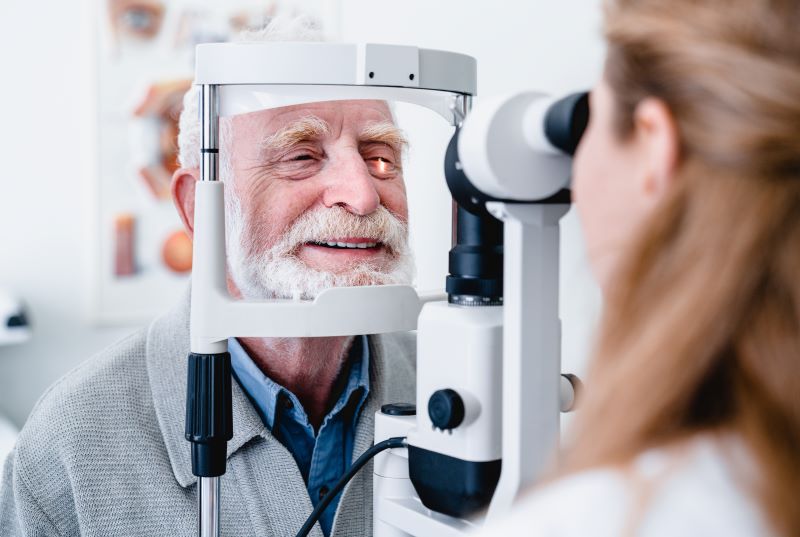
Erectile Dysfunction Medications Not Linked to Eye Problems, According to Recent Study

Erectile dysfunction (ED), or the inability to get or maintain an erection long enough for satisfactory sexual activity, can negatively affect a man’s life. This common condition has been associated with depression and anxiety, and it may cause tension in one’s romantic relationship.
Early treatments for ED often involve phosphodiesterase 5 inhibitors (PDE5is), which are a type of drug that are taken orally and known for their effectiveness in enhancing sexual performance in men with ED. Common PDE5is include sildenafil (Viagra), tadalafil (Cialis), vardenafil (Levitra), and avanafil (Stendra).
Despite their effectiveness at treating ED, some concerns about PDE5is being related to serious eye issues, such as serous retinal detachment (SRD), retinal vascular occlusion (RVO), and ischemic optic neuropathy (ION), have been raised.
Nevertheless, there is a significant overlap between the risk factors for ED and the risk factors for adverse ocular events. Therefore, some experts hypothesize that any serious eye issues experienced by men taking PDE5is may have more to do with their underlying risk factors, rather than their PDE5i use. At this time, the link between eye problems and PDE5i use remains unclear.
The authors of a new study aimed to investigate the risk of these three eye conditions (SRD, RVO, and ION) in men who were prescribed PDE5is for ED versus men who were prescribed PDE5is for other medical conditions such as benign prostatic hyperplasia (BPH, or enlarged prostate).
Healthcare data from the IBM MarketScan databases was used to analyze men 18 years and older with ED or BPH. The researchers then categorized the men based on their diagnoses and treatments, including PDE5is.
They identified which of the men had experienced a serious ocular event such as SRD, RVO, or ION, and statistical analyses were used to assess the risk of these eye conditions in relation to ED and BPH diagnoses and treatments.
In the end, over 1.9 million men with ED and about 2.2 million men with BPH were included in this study. About 32% of ED patients and 8% of BPH patients were treated with PDE5is. The analysis found that PDE5i use wasn’t linked to serious eye conditions in comparison to ED diagnosis and other ED treatments. However, as the intensity of ED treatment increased, so did one’s risk of experiencing eye problems.
Furthermore, PDE5i use was not associated with SRD and ION when compared to BPH diagnosis and other BPH treatments. PDE5i use was associated with RVO in BPH patients, but other medical treatments for BPH including surgery had even higher RVO risks.
Ultimately, this means that the authors of the study found no evidence linking the use of PDE5is to serious eye conditions, and the risk of these eye events did not increase with PDE5i use compared to other treatments for ED or BPH.
The researchers speculate that any observed risks of ocular events may be more related to shared health factors than the specific treatment. However, there are some limitations to this study, including a reliance on drug dispensing data and the potential for measurement errors in covariates, so it is important to follow up with further research on this topic.
References:
- Belladelli, F., Li, S., Zhang, C.A., Muncey, W., Del Giudice, F., Glover, F., Seranio, N., Basran, S., Fallara, G., Montorsi, F., Salonia, A., & Eisenberg, M.L. (2023). Use of phosphodiesterase 5 inhibitors is not associated with ocular adverse events. The Journal of Sexual Medicine, 20(12), 1399-1406. https://doi.org/10.1093/jsxmed/qdad137





